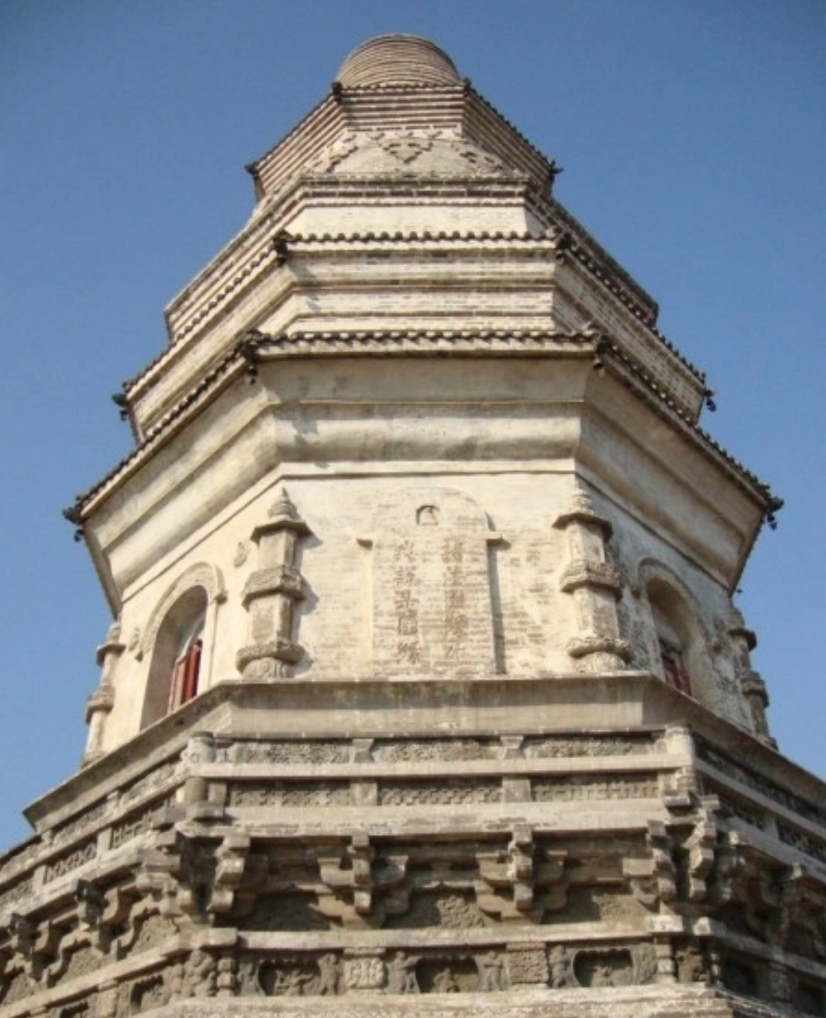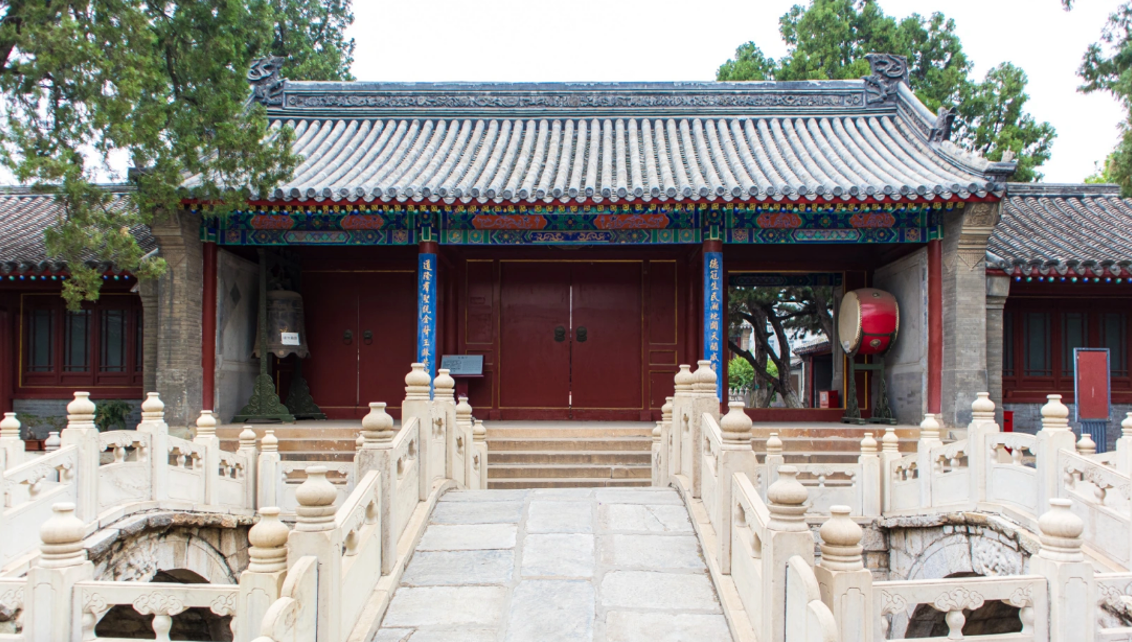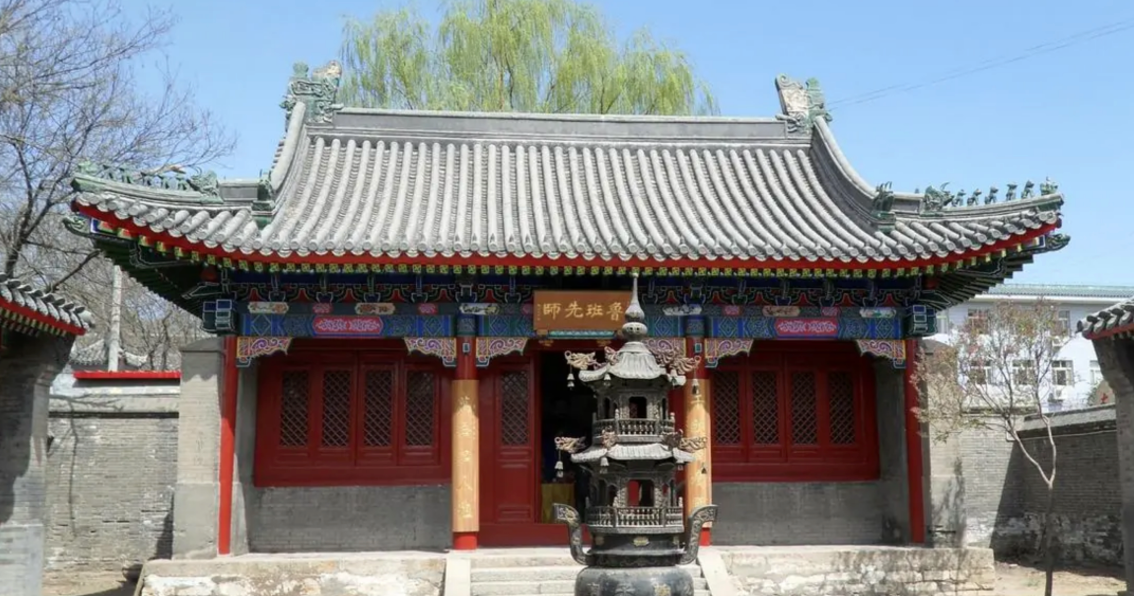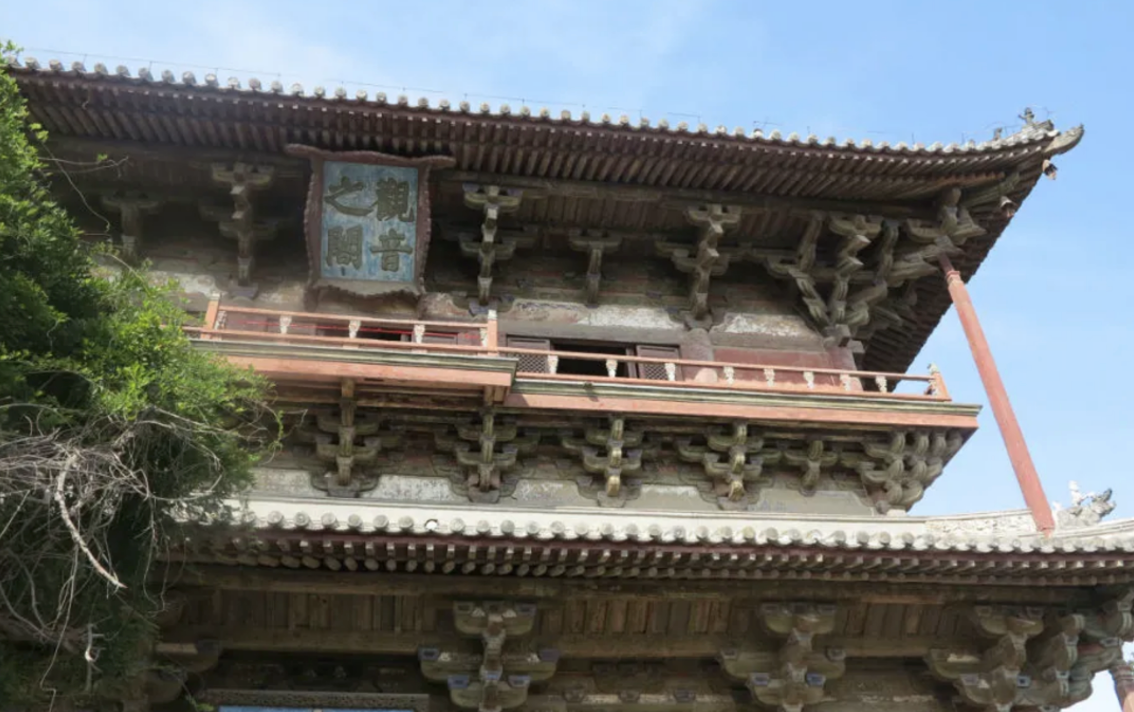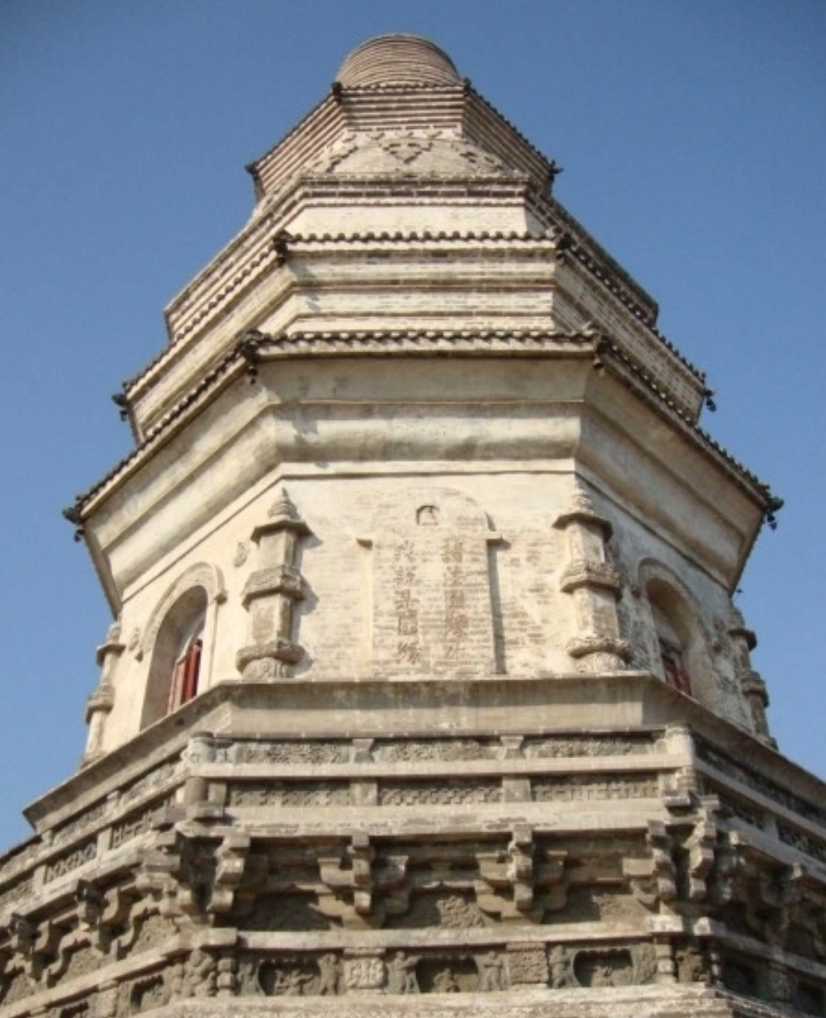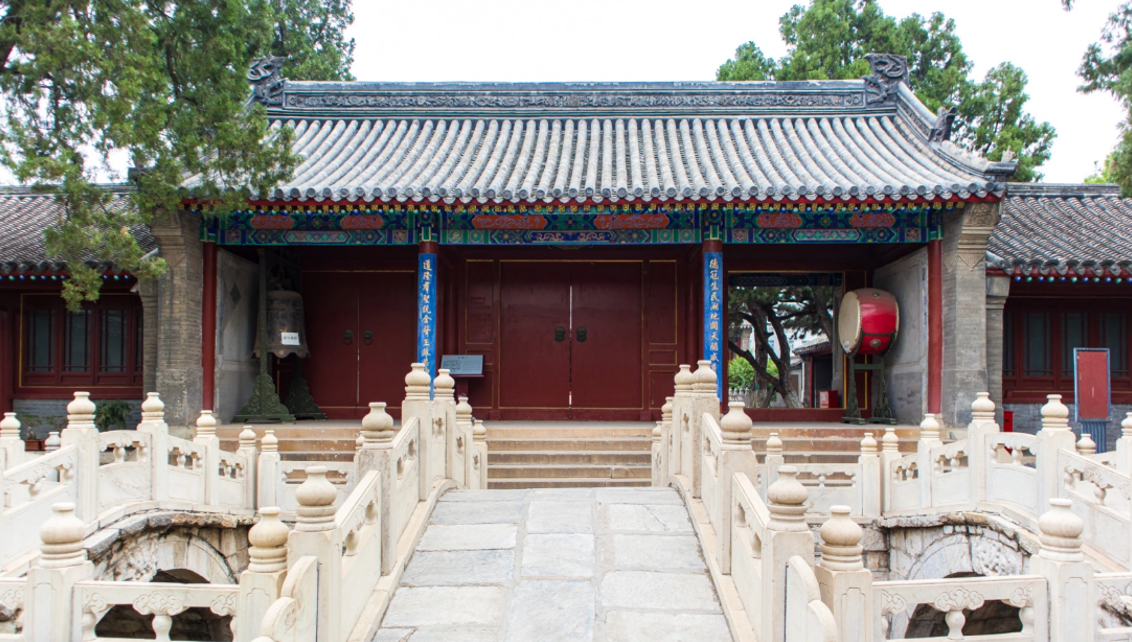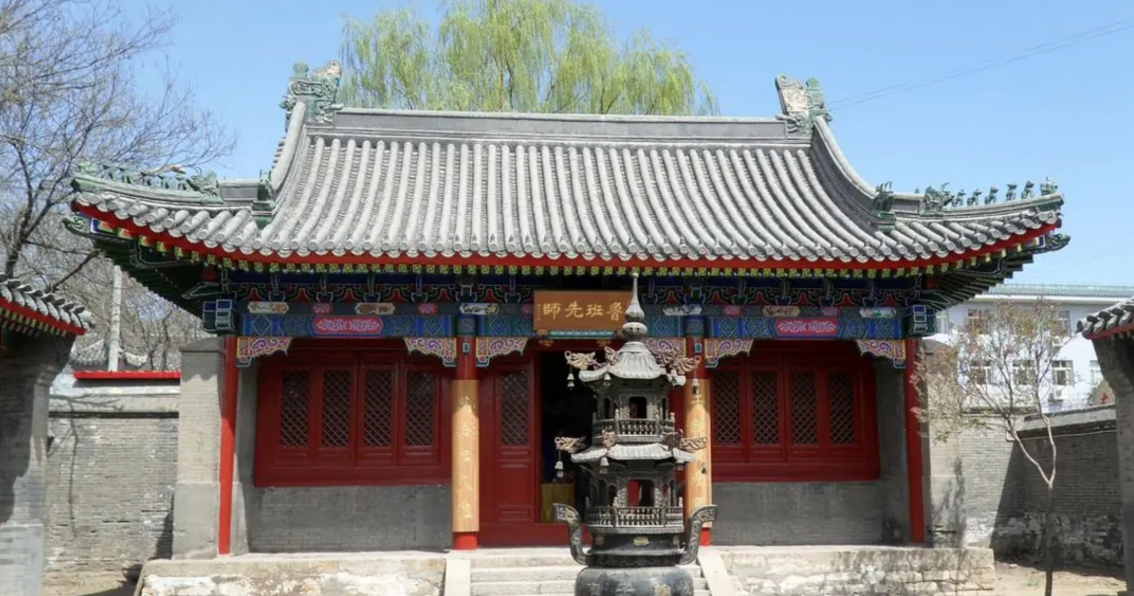LIFEANO 给生活另一种可能
May 24-25, 2025|Traveling in Beijing and Tianjin: Yuan Tengfei takes you to visit Dule Temple, Confucian Temple, White Pagoda Temple, Lu Ban Temple and Eastern Qing Tombs
May 24-25, 2025|Traveling in Beijing and Tianjin: Yuan Tengfei takes you to visit Dule Temple, Confucian Temple, White Pagoda Temple, Lu Ban Temple and Eastern Qing Tombs
Out of stock
Couldn't load pickup availability
Let's follow Teacher Yuan Tengfei
Arriving at Tianjin, the “ Gen Capital ” and the Eastern Qing Tombs
While visiting the historical sites, talk about the fascinating stories in history
Team leader
Teacher Yuan Tengfei
Hailed by fans as " the best history teacher in history "
Dule Temple 
Dule Temple, also known as Dafo Temple, was built during the Sui and Tang dynasties and is one of the only three Liao Dynasty temples left in China. The temple faces south and is rectangular in plan, 150 meters long from north to south and 110 meters wide from east to west, covering an area of 16,500 square meters. The main buildings include the mountain gate, Guanyin Pavilion, east and west side halls, the second Qianlong palace on the east side, and monks' quarters on the west side. The main buildings of Dule Temple, the mountain gate and Guanyin Pavilion, are among the oldest existing attic-style wooden structures in China, with high historical, scientific and artistic value.
Baita Temple

Baita Temple, located in Jizhou District, Tianjin, is a component of the early Dule Temple. It was rebuilt in the fourth year of Qingning in Liao Dynasty. The tower is 30.6 meters high, octagonal in plane, snow-white in color, and unique in shape. It is composed of a stone base, a pavilion-style imitation wood structure of the Sumeru pedestal, the tower body, the stupa, the thirteen-day wheel and the pagoda. It is the product of the integration of Indian Buddhist culture and Chinese culture. The white tower is decorated with brick carvings with diverse themes and vivid shapes. It is the top brick carving of the Liao Dynasty. Baita Temple has gone through more than a thousand years, suffered from wind and frost, and suffered from earthquakes many times. During the maintenance in 1983 , more than 100 cultural relics were unearthed, of which 73 were intact. These items are finely crafted and are rare treasures.
There are three main halls in the White Pagoda Temple, with three groups of colorful Buddha statues, namely Sakyamuni, Ananda and Kasyapa; Avalokitesvara, Dragon Girl and Shancai Boy; Ksitigarbha Bodhisattva and Zhang Ming and his son. The nine statues are either solemn, courteous or kind, which perfectly express the identity characteristics of each character.
Temple of Literature

Tianjin Jizhou Confucian Temple, also known as Xuansheng Temple and Confucius Temple, is a part of Jizhou Confucianism (Xue Palace, Zhouxue) and consists of Lingxing Gate, Dengying Bridge, Ji Gate, East and West Verandas, Dacheng Hall, and Xiangxian Temple and Minghuan Temple. It is the earliest "Xue Palace" in Tianjin and carries rich historical and cultural information.
Lu Ban Temple

Lu Ban Temple is located on the north side of the Drum Tower in the center of Jizhou City, Tianjin, and on the southwest side of Jizhou No. 1 Middle School. It is small and unique in shape, with carved beams and painted buildings. It is the place where Lu Ban, the ancestor of civil engineering craftsmen in ancient times, is enshrined. Lu Ban Temple covers an area of 840 square meters, with a construction area of 341 square meters. It is a palace-style building from the Qing Dynasty, famous for its fine workmanship, solid materials, and exquisite paintings.
Eastern Qing Tombs
The Eastern Qing Tombs were first built in the 18th year of the Shunzhi reign of the Qing Dynasty ( 1661 ). There are five emperor tombs, four empress tombs, five concubines' mausoleums, and one princess' mausoleum. The layout of the mausoleums reflects the traditional Chinese concept of centering and honoring the emperor, and the system of honoring ancestors and returning to the same lineage for burial. It is the largest, most complete, and most appropriately laid out imperial mausoleum complex in China [1] and is one of the world's cultural heritage sites.
Registration Instructions
Assembly / disbandment
● May 24 , 2025 - Gathering in Beijing;
● May 25 - Disbandment in Beijing. Please arrange your schedule before and after the gathering properly.
Precautions
● Customer service will contact you one week in advance after registration, please keep your WeChat and phone open;
● Children under 6 years old are not recommended to participate. Minors aged 6-14 and teachers over 70 years old must be accompanied by their family members;
Activity Fees
● The fee includes: meals, accommodation, transportation and lecturer explanations from the time of gathering to the time of disbanding; it does not include: round trips before the gathering and after the disbanding, and other expenses not listed;
Hassle-free refund policy
● If the event is cancelled due to reasons of the organizer, all fees will be refunded;
● If the event is cancelled due to force majeure, the unincurred fees will be refunded;
● If you are unable to attend the event due to personal reasons, no fees will be refunded (the spot is transferable). Please do not take pictures if you mind. Thank you for your understanding.
Share

